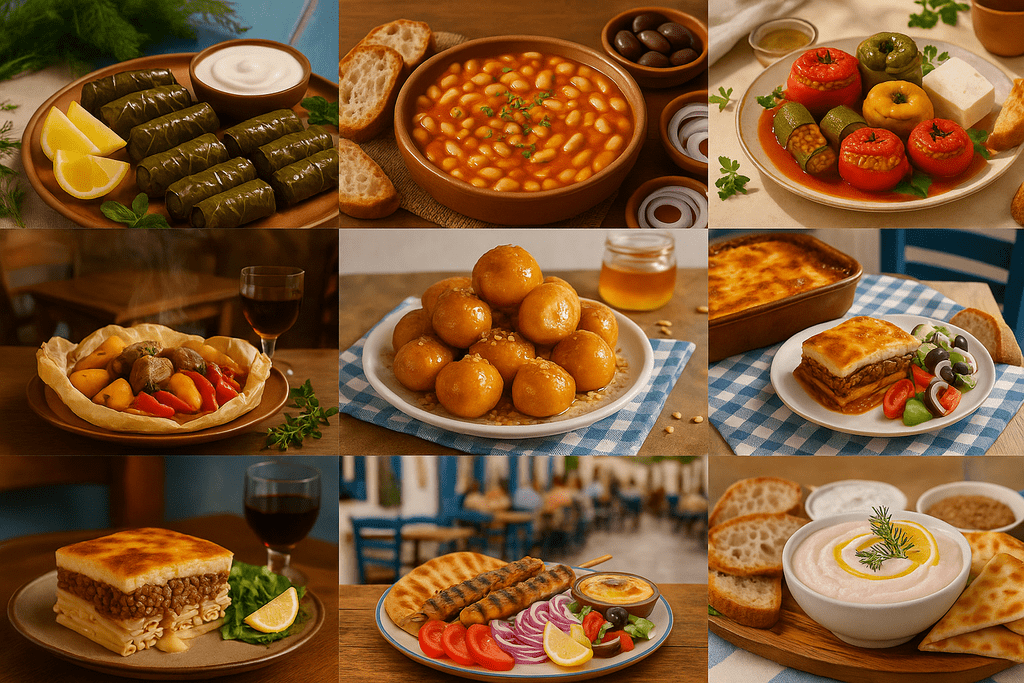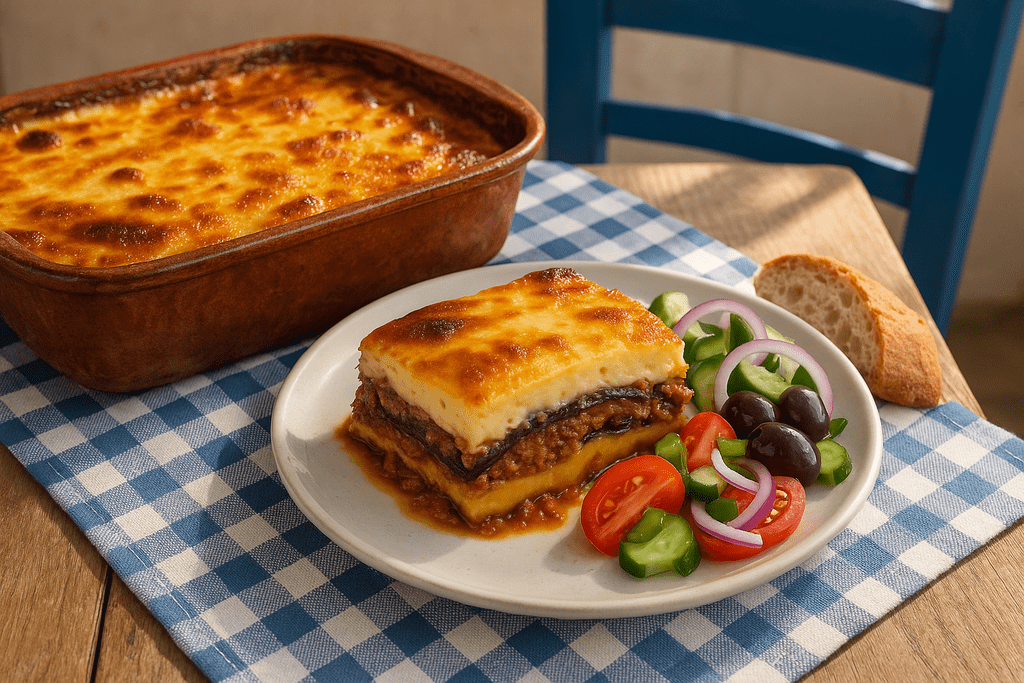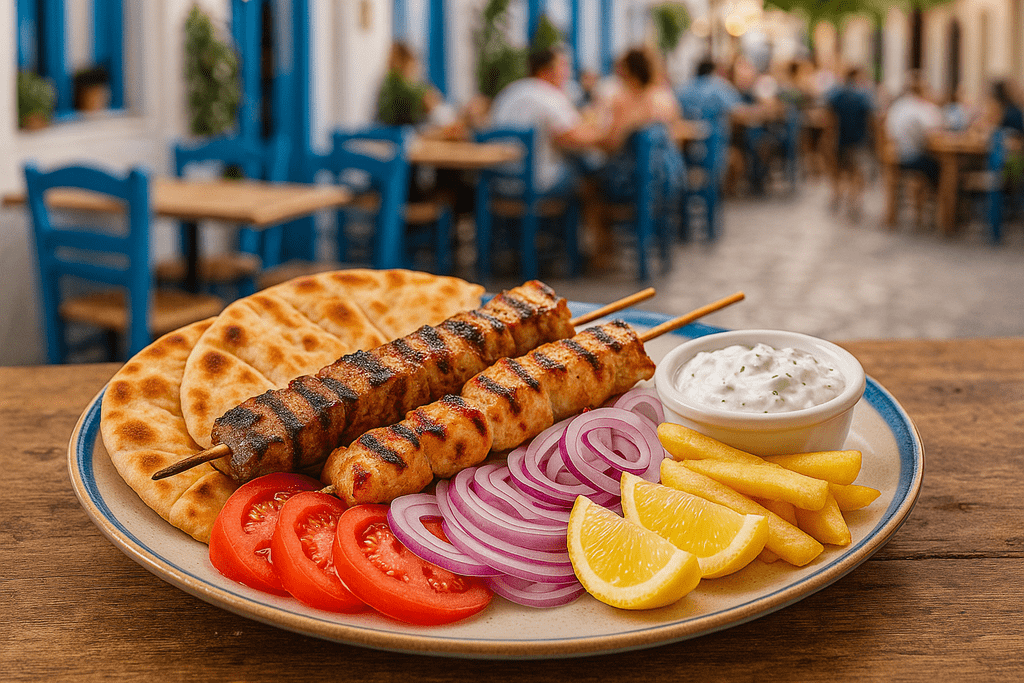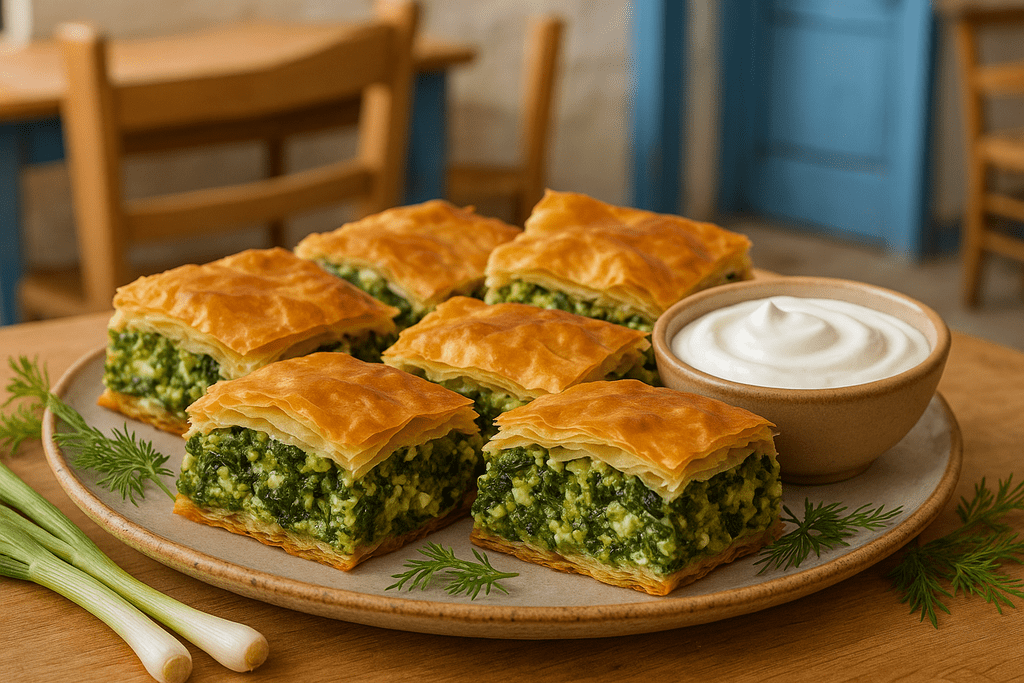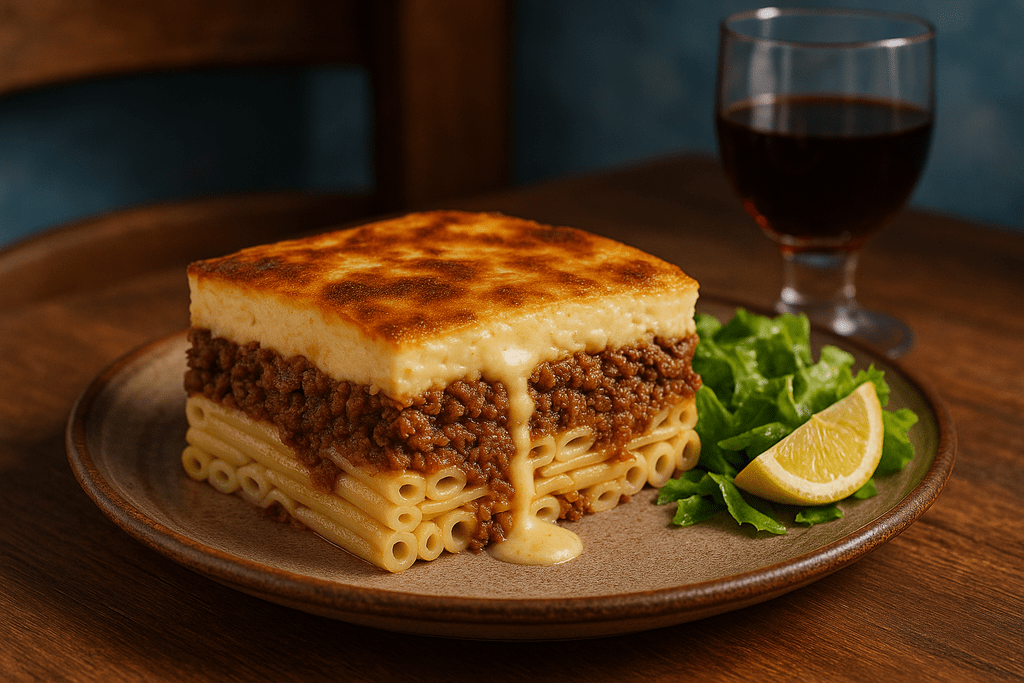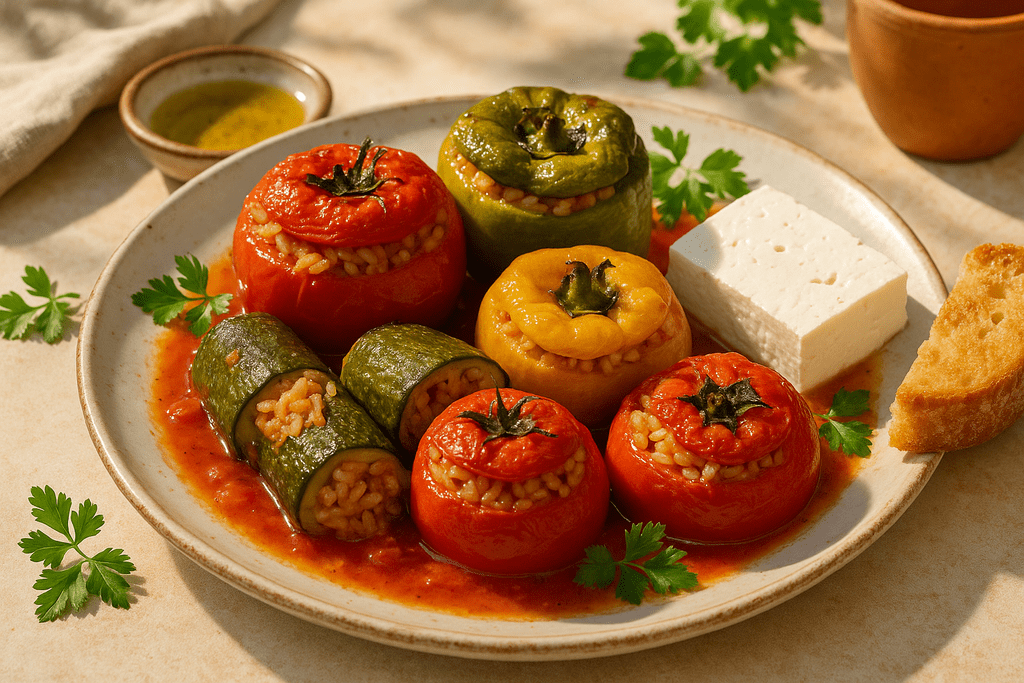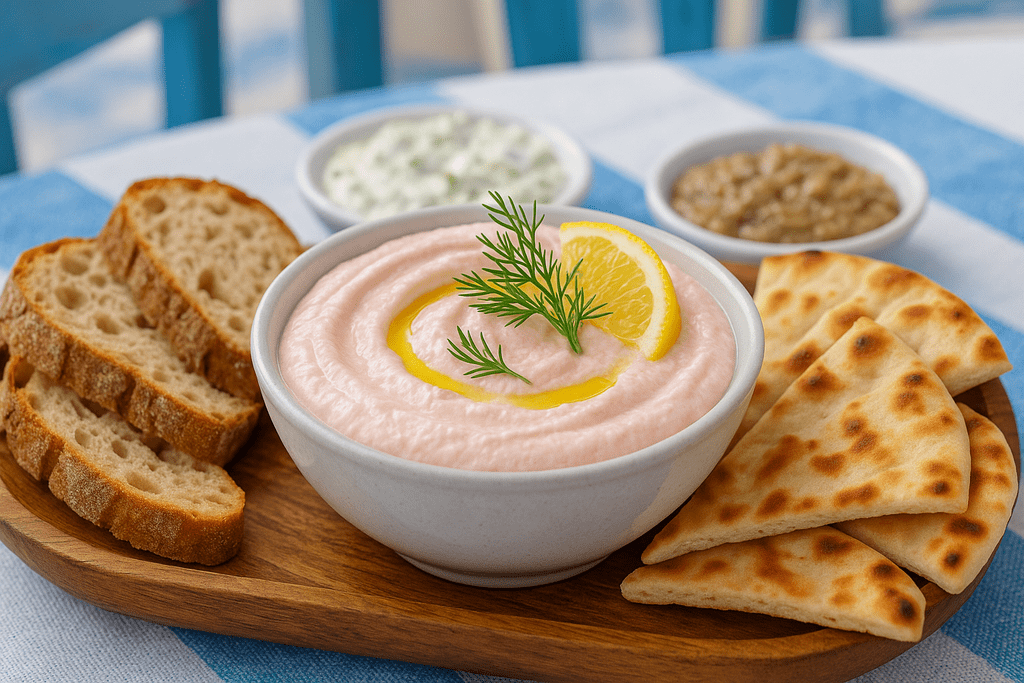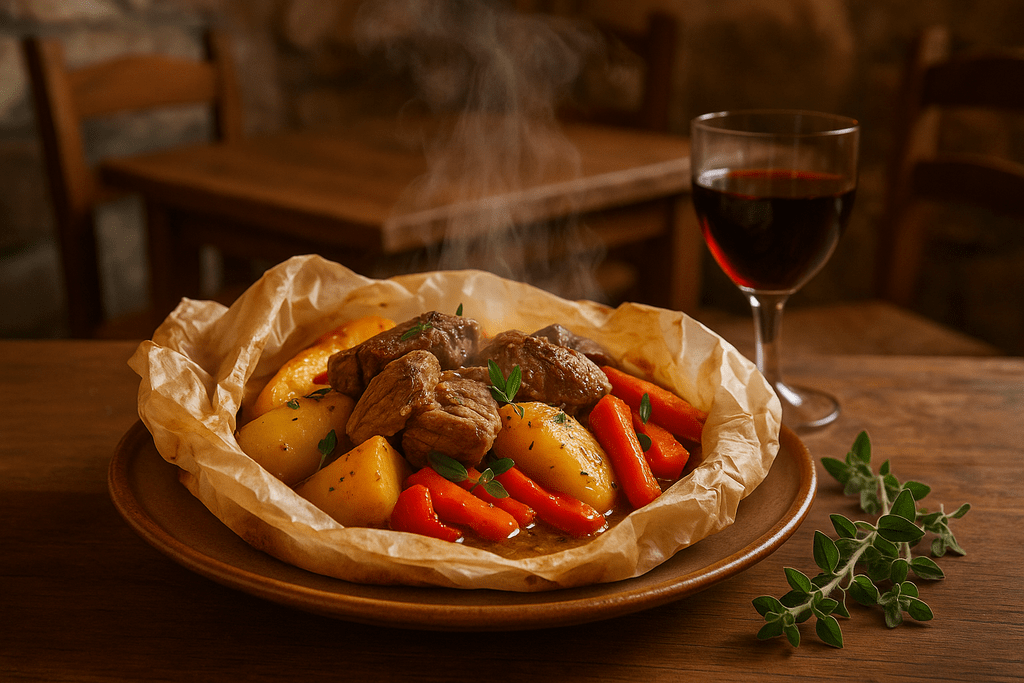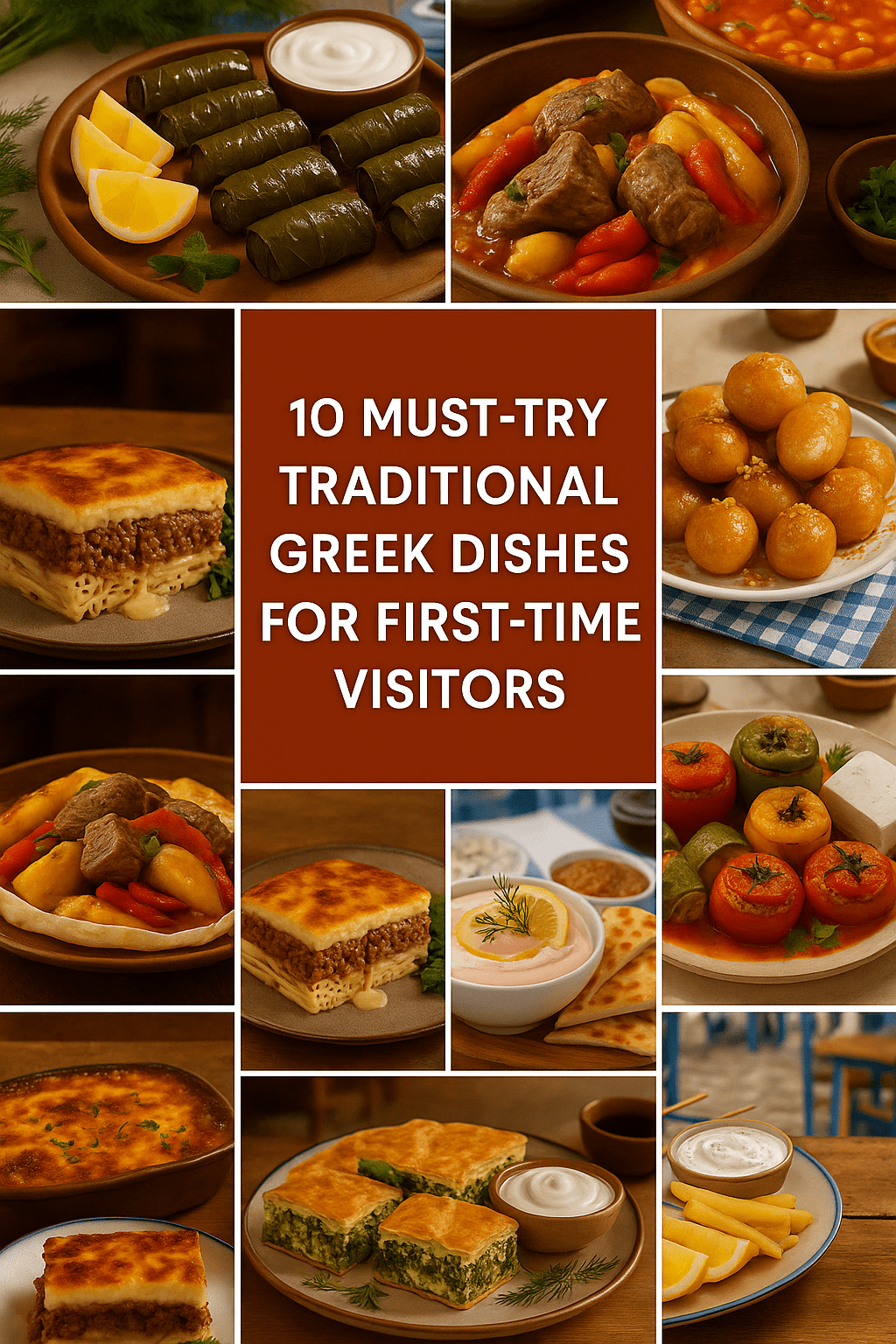10 Must-Try Traditional Greek Dishes for First-Time Visitors
If you’re heading to Greece for the first time, you’re not just in for a journey through ancient ruins, sparkling blue seas, and charming whitewashed villages—you’re about to step into a culinary paradise. Greek cuisine is deeply rooted in tradition, infused with the flavors of the Mediterranean, and defined by its simplicity, freshness, and bold character. While every region of Greece has its own specialties, there are a number of dishes that you simply must try on your first trip. These aren’t just meals—they’re experiences that connect you to the culture, the land, and the people of Greece. This guide takes you through 10 must-try traditional Greek dishes, each one essential to understanding the country’s gastronomic identity. From rustic mountain stews to street-side delights, this is your personal foodie map through the soul of Greece.
1. Moussaka
The Comfort King of Greek Kitchens
If you had to choose one dish that represents the heart of Greek home cooking, moussaka would be it. This rich and hearty baked casserole layers thinly sliced eggplant with seasoned minced meat—typically beef or lamb—and tops it all with a thick, creamy béchamel sauce. The ingredients are simple, but the preparation is a labor of love. The eggplant is usually lightly fried or grilled first to soften and remove bitterness. The meat is cooked down with onions, tomato paste, and a blend of cinnamon, allspice, and bay leaf for a deeply aromatic flavor. Once layered and topped with béchamel, the dish is baked until golden and bubbling. Moussaka is most often served at family gatherings and traditional tavernas and is especially popular in the islands and the Peloponnese. A slice of moussaka is a meal in itself. You’ll usually find it served warm with a side salad, and maybe a piece of fresh bread to soak up every drop of that savory sauce. A generous portion can cost around €8–€12 depending on the restaurant, and while it may take 30 minutes to serve in some places, it’s always worth the wait.
2. Souvlaki
The Greek Street Food Icon
No introduction to Greek food is complete without mentioning souvlaki. This is Greece’s answer to fast food—but done right. At its simplest, souvlaki consists of small skewers of grilled meat, traditionally pork, but nowadays often chicken, lamb, or beef, served either on the stick or tucked into warm pita bread with toppings like tomatoes, onions, and a generous spoon of tzatziki. The marinade is key: olive oil, oregano, garlic, lemon juice, and a pinch of salt work magic overnight to infuse the meat with flavor. The grilling happens fast over hot charcoal, creating a smoky, juicy bite with just the right char. For a quick bite on the go, nothing beats a pita-wrapped souvlaki for €2.50 to €3.50. If you’re seated at a tavern, the plated version might include fries or rice and cost around €6–€10. Souvlaki stands are everywhere, especially in cities like Athens and Thessaloniki, and they’re ideal for travelers who want to eat like locals and stay on budget. It’s casual, filling, and delicious—plus, the aroma of sizzling souvlaki from an open grill is an experience in itself.
3. Spanakopita
A Crispy, Savory Pie of Dreams
Spanakopita is a Greek spinach pie wrapped in delicate layers of phyllo dough and baked until golden and flaky. It’s a dish you’ll find in bakeries, cafes, and homes across the country. What makes spanakopita so special is its balance of textures and flavors: the crunch of baked phyllo contrasts beautifully with the soft filling made of spinach, feta cheese, green onions, dill, and sometimes a bit of nutmeg. Some variations also include leeks or other wild greens, especially in rural areas where local ingredients change with the season. It’s often enjoyed as a mid-morning snack, a light lunch, or even as a vegetarian side dish during dinner. A slice from a bakery will cost around €1.50 to €3.00, and it’s perfect for eating on the go. In restaurants, it may be served warm with a dollop of Greek yogurt or paired with salad. Spanakopita is a proud example of how Greek cuisine turns humble ingredients into something deeply satisfying.
4. Dolmades
Tiny Parcels with Big Flavor
Dolmades are grape leaves stuffed with a savory mixture of rice, herbs, and sometimes minced meat, then slowly simmered in a lemony broth. They’re served either warm or cold and are a classic meze (appetizer) that shows up on every traditional Greek table. The vegetarian version—filled only with rice, pine nuts, dill, and mint—is especially common during fasting periods. What’s striking about dolmades is the intensity of flavor packed into such small bites. The leaves, slightly tangy from pickling or brining, wrap around the fragrant filling and hold their shape as they cook slowly to absorb the lemon and oil. These little rolls are typically handmade by experienced fingers—no shortcuts here. You’ll often get them served with a side of thick yogurt or avgolemono (a lemon-egg sauce) for dipping. A plate of dolmades as a starter usually costs around €4–€7 in tavernas, and they pair beautifully with a glass of ouzo or crisp white wine.
5. Pastitsio
The Greek Answer to Lasagna
Pastitsio is a baked pasta dish layered with ground meat and béchamel sauce, much like lasagna but with its own Greek identity. The pasta is usually a long tube-shaped variety like bucatini or a thick penne. The meat layer, typically beef or lamb, is seasoned with cinnamon, tomato paste, onion, and garlic, and cooked until rich and saucy. On top goes a thick, custard-like béchamel sauce, made with butter, flour, and milk, and sometimes a touch of grated cheese. The result, once baked, is a firm, hearty square that holds its shape and offers a satisfying contrast between layers. Pastitsio is a celebratory dish, often served at festivals, Sunday lunches, or large gatherings. You’ll see it more in mainland regions, and especially in family-run tavernas. A generous portion will usually cost €8–€10. Like moussaka, it’s rich and filling, often enjoyed with a light green salad and a glass of red wine or retsina. It’s also a great option for colder months, when you want something warming and comforting.
6. Gemista
Summer on a Plate
Gemista (or yemista) means “stuffed” in Greek, and it refers to vegetables—usually tomatoes, bell peppers, or zucchini—filled with a mixture of rice, onions, herbs, and sometimes ground meat, then baked in olive oil and tomato sauce until tender. This dish showcases Greece’s incredible produce and love of olive oil. The best versions are made in summer, when tomatoes and peppers are bursting with flavor. You’ll often find vegetarian versions, especially in traditional homes and during fasting periods. The filling is usually flavored with mint, parsley, cinnamon, and sometimes currants or pine nuts, making it aromatic and slightly sweet. It’s served warm or at room temperature with a side of feta cheese and crusty bread. A plate of gemista in a restaurant will cost around €6–€9, and portions are usually generous. This dish is a true celebration of Greek agriculture and is especially popular in Crete and rural mountain villages.
7. Taramasalata
The Unexpected Dip You’ll Crave
Taramasalata is a creamy dip made from fish roe (tarama), mixed with olive oil, lemon juice, and a starchy base like soaked bread or potatoes. While it may sound unusual to first-timers, its delicate, slightly salty flavor and airy texture make it a favorite in Greek meze platters. Usually served with warm pita or rustic bread, taramasalata is light pink or ivory, depending on the type of roe used. Don’t let the color fool you—commercial versions often use dye, but homemade or high-quality ones keep it natural. The taste is subtle, not overly “fishy,” and it pairs wonderfully with other dips like tzatziki and melitzanosalata (eggplant spread). Taramasalata is especially popular during Lent and is a fixture at clean Monday meals, but you’ll find it year-round at seafood taverns. A small dish as part of a meze spread will cost around €3–€5. If you’re by the sea, order it alongside grilled octopus or calamari for a full Aegean experience.
8. Kleftiko
A Dish with a Bandit’s Legacy
Kleftiko is a slow-cooked lamb dish wrapped in parchment and baked until the meat is fall-apart tender. It’s named after the klephts, mountain rebels who cooked their food secretly in sealed pits to avoid detection. Today, the method has evolved but the flavor remains intense and unforgettable. The lamb is marinated in garlic, lemon juice, oregano, and olive oil, then wrapped with vegetables like potatoes, carrots, and peppers. It’s sealed tight and cooked low and slow until everything inside becomes juicy and infused with herbaceous aroma. The final product is opened at the table like a gift—steaming, aromatic, and deeply satisfying. You’ll find kleftiko in mountainous areas like Thessaly, Epirus, and central Crete, often served as a specialty item. Because of the long cooking time, it’s not an everyday menu item and may require pre-ordering in smaller tavernas. Expect to pay around €12–€16 per portion. It’s best enjoyed with a robust glass of local red wine and good company.
9. Loukoumades
Golden Bites of Sweet Joy
Loukoumades are small, deep-fried dough balls, crispy on the outside and soft on the inside, traditionally soaked in honey syrup and sprinkled with cinnamon or crushed walnuts. Often referred to as Greek donuts, they’re one of the country’s oldest desserts, dating back to ancient Olympic feasts. You’ll see them in cafes, bakeries, and street fairs, especially during holidays or religious festivals. Modern variations add chocolate sauce, sesame seeds, or even ice cream, but the classic honeyed version remains the favorite. They’re best eaten fresh and hot. A small plate with 6–8 pieces typically costs €3–€5. Loukoumades are a beloved treat for kids and adults alike and a great way to end your Greek meal on a sweet note. If you spot a loukoumades stand while walking through a town square, follow the scent—you won’t regret it.
10. Fasolada
The National Soup of Greece
Fasolada is a white bean soup made with olive oil, tomatoes, carrots, celery, and onion—a dish that looks humble but is full of soul. Often called the national dish of Greece, it’s a staple in homes, especially during Lent or cooler months. What sets fasolada apart from other bean soups is the generous use of extra virgin olive oil, which gives it a silky texture and rich mouthfeel. It’s seasoned simply with salt, pepper, and bay leaves, though some versions add a bit of chili or smoked paprika for a kick. It’s usually served with crusty bread, olives, and raw onions on the side, making it a full meal. You’ll find fasolada in traditional tavernas, especially in northern Greece and mountain villages. A bowl costs around €4–€6 and is often part of a set lunch menu. It’s a great option for vegetarians and anyone seeking a warming, healthy dish after a long day of exploring ruins or hiking trails.
From iconic classics to lesser-known gems, these 10 traditional Greek dishes are more than just food—they’re part of a living culture, shaped by geography, history, and community. Tasting them in their local settings, whether in a small village taverna or a bustling urban eatery, adds layers of experience to your journey. Don’t be afraid to ask locals where they eat, or what their grandmother makes best—chances are you’ll discover a dish that’s not in any guidebook. Come hungry, eat slowly, and savor every bite—because in Greece, food isn’t just nourishment, it’s an invitation to connect.

